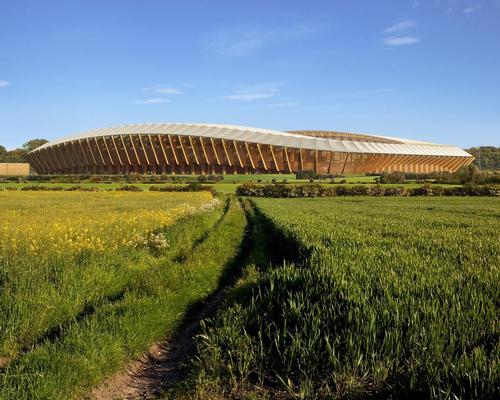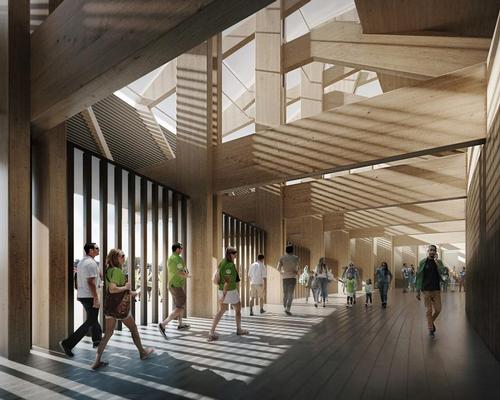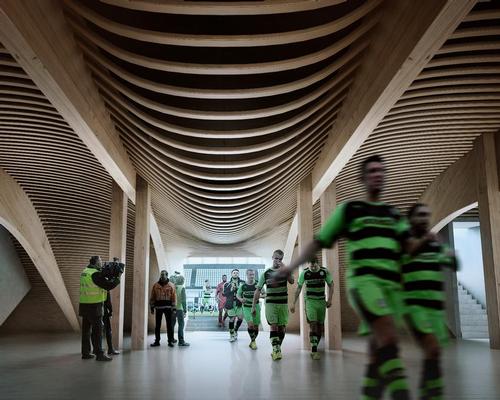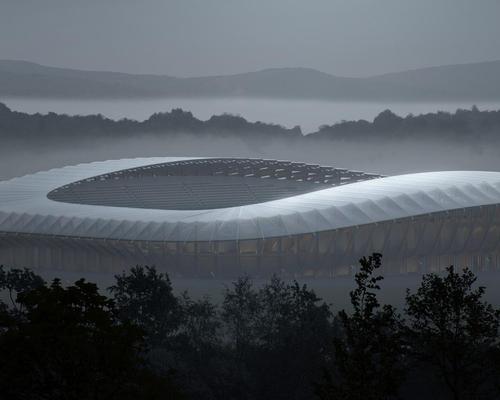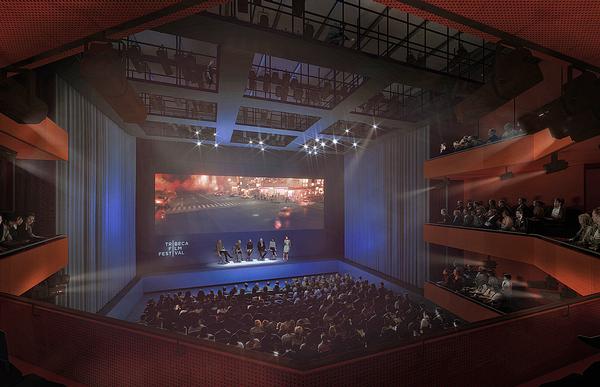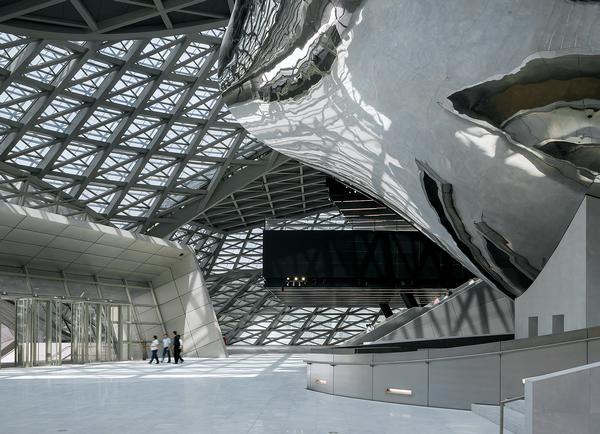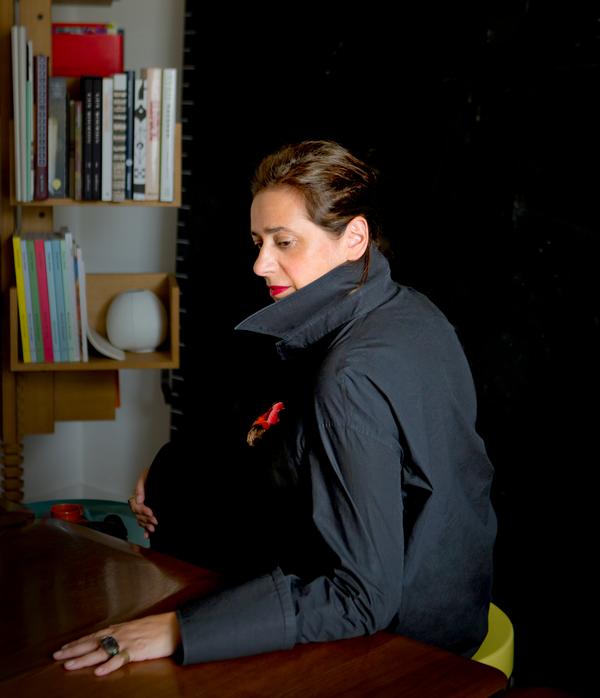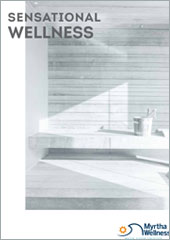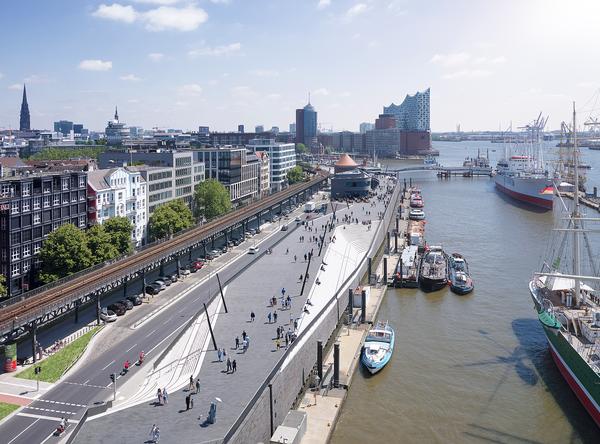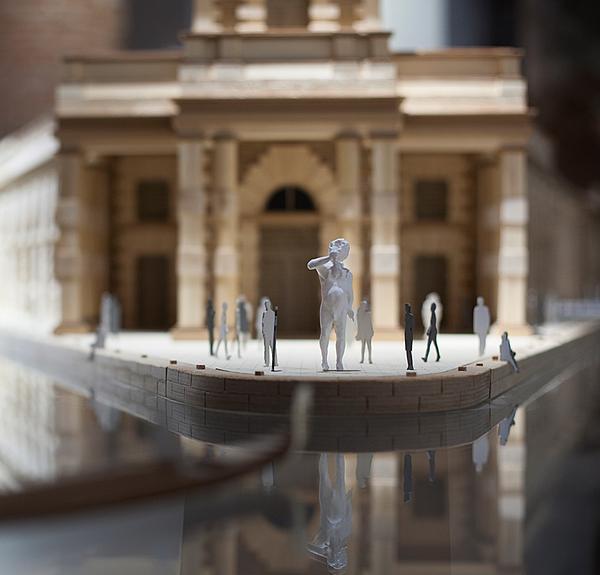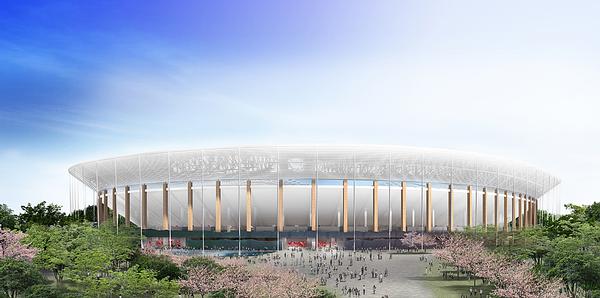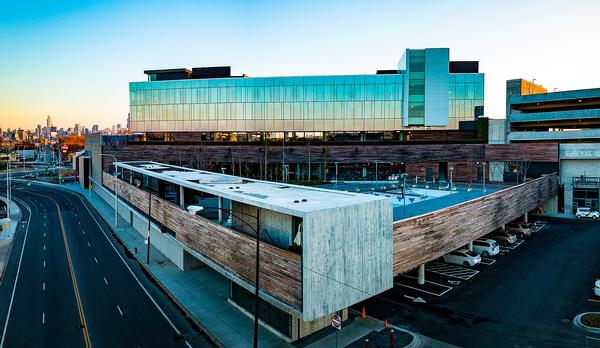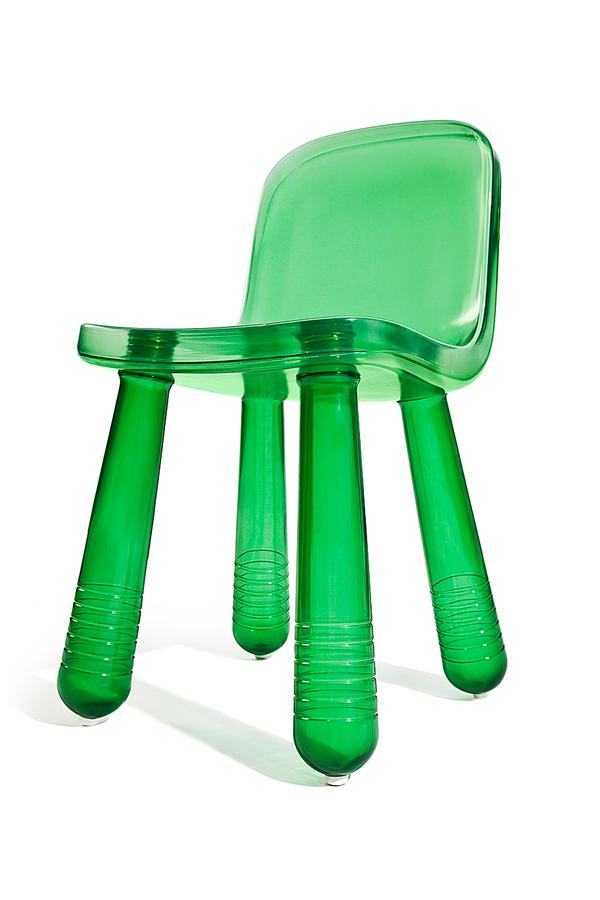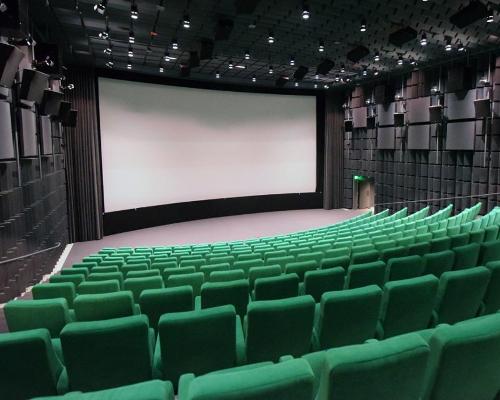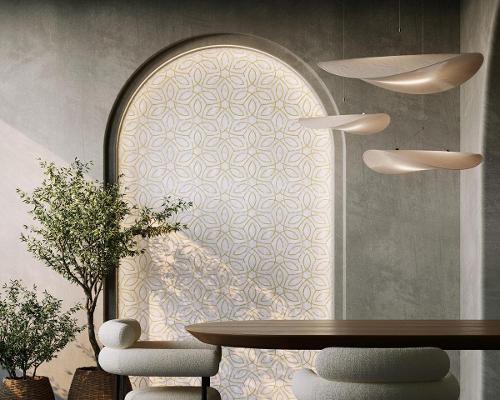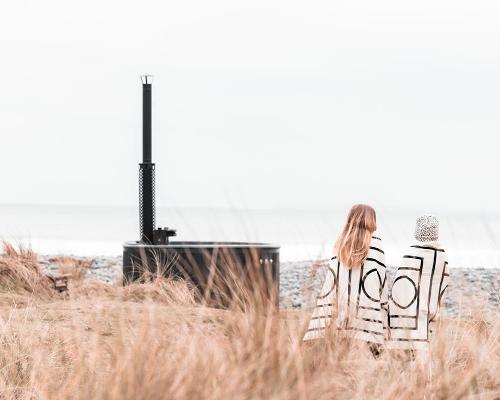Zaha Hadid Architects win competition to design 'greenest stadium in the world'

– Jim Heverin, ZHA director
Following a seven-month international competition, English football club Forest Green Rovers has selected Zaha Hadid Architects to design its new football stadium.
The studio will build the ground completely out of wood, with the aim of making it “the greenest football stadium in the world.”
The stadium will be the centrepiece of the £100m (US$124.5m, €112.3m) Eco Park development in Gloucestershire – a 100 acre sports and green technology business park owned by clean energy group Ecotricity. It will sit alongside grass and all-weather training pitches, publicly accessible multi-disciplinary facilities and a sports science hub.
“Zaha Hadid have built some fantastic sport stadia around the world, including one at the Olympic Park in London and one of the five stadiums for the next World Cup in Qatar,” said Dale Vince, Ecotricity founder and Forest Green Rovers chair. “Now they’ve designed one for Forest Green.”
Vince said the use of wood to build the “iconic and original new stadium” stadium “is the first time that will have been done anywhere in the world.” He added that the material was chosen for being both a naturally occurring material and having very low carbon content. “If you bear in mind that around three quarters of the lifetime carbon impact of any stadium comes from its building materials, you can see why this is so important – and it’s why our new stadium will have the lowest carbon content of any stadium in the world,” he said.
Forest Green announced the competition in March this year, and received over 50 entries from around the world, including Sweden, Germany, France, Britain and the United States. In May, the club shortlisted nine entries, before selecting two finalists – ZHA and Glenn Howells Architects – in August, who were given another two months to take their concepts further.
Jim Heverin, director at Zaha Hadid Architects, said the stadium will prove that “sustainable architecture can be dynamic and beautiful.”
“The club’s heritage, ambition and vision reflect our own, combining the latest material research and construction techniques with new design approaches to build a more ecologically sustainable and inclusive architecture,” he said.
“With the team’s community and supporters at its core, fans will be as close as five meters from the pitch and every seat has been calculated to provide unrestricted sight lines to the entire field of play. The stadium’s continuous spectator bowl surrounding the pitch will maximise match day atmosphere.”
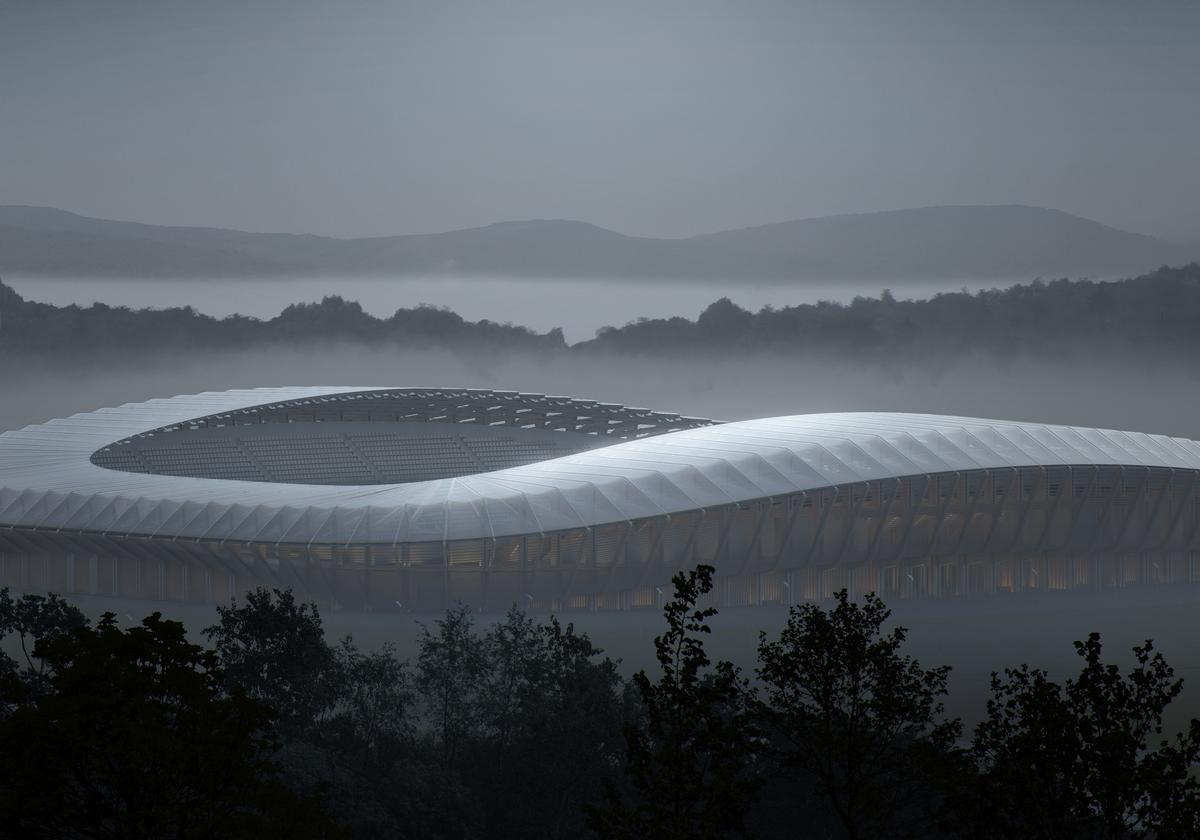
“Forest Green Rovers have established a holistic vision for the site to retain its pastoral qualities whilst adding new facilities for the town. While the stadium will be the centrepiece, the project creates a new public realm with both recreational and occupational uses, enabling the entire site to contribute to the town - not only on match days, but every day of the year.
“The design retains and enhances the existing meadow landscape of the site whilst adding the stadium and other functions for the town. Embodying low carbon construction methods and operational processes, it will be the first all timber football stadium with almost every element made of sustainably sourced timber including its structure, roof cantilevers and louvered cladding.
"As a building material, timber is highly durable, recyclable and beautiful. The proximity of the stadium’s structural elements to each other has also been determined to enable the seating terraces and floor slab to be made from timber. In most other stadiums, these elements are concrete or steel.
“The stadium’s roof is covered with a transparent membrane, which contributes to turf growth, minimises stark shadows for players and fans and reduces the volumetric impact of the stadium from distant views in the surrounding landscape.
“With the team’s community and supporters at its core, fans will be as close as five meters from the pitch and the position of every seat has been calculated to provide excellent, unrestricted views of the entire field of play. The stadium’s continuous spectator bowl surrounding the pitch will maximise matchday atmosphere.
“The stadium’s design incorporates the club’s future growth. Initially for 5,000 spectators, increasing to 10,000 with the club’s success, expansion from phase 1 to phase 2 can be achieved without the costs of major construction works.
“Forest Green Rovers’ new stadium and Eco Park aims to be carbon neutral or carbon negative, including measures such as the provision of on-site renewable energy generation."
Dale Vince lifts the lid on 'first of its kind' Forest Green Rovers eco-stadium project
Glenn Howells and Zaha Hadid Architects reach final in stadium design competition for Forest Green Rovers
Nine architects shortlisted in race to design eco-stadium for Forest Green Rovers FC
English football club Forest Green Rovers launches stadium design competition for £100m Eco Park
Forest Green Rovers reveal £100m Eco Park plans
FEATURE: News Feature – Forest Green Rovers and the ‘world’s first’ eco-stadium
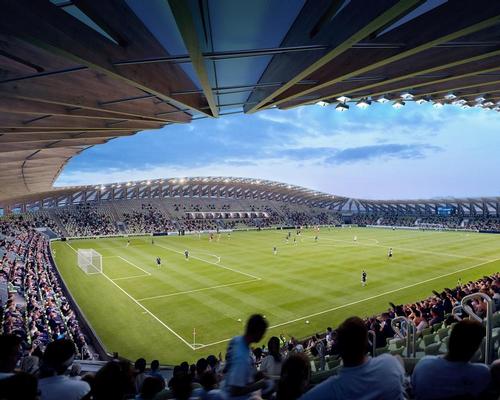
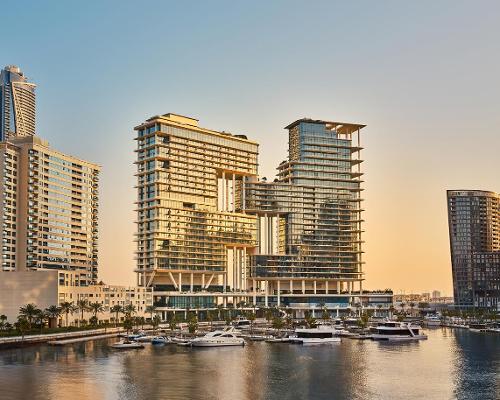
UAE’s first Dior Spa debuts in Dubai at Dorchester Collection’s newest hotel, The Lana

Europe's premier Evian Spa unveiled at Hôtel Royal in France
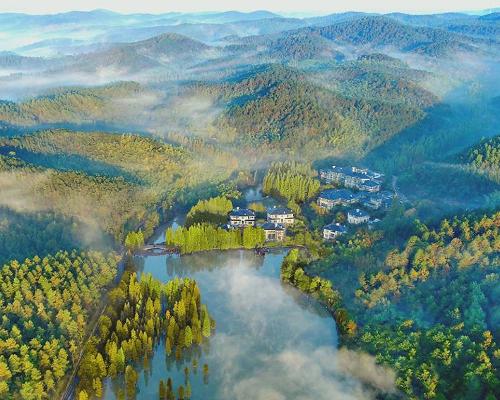
Clinique La Prairie unveils health resort in China after two-year project
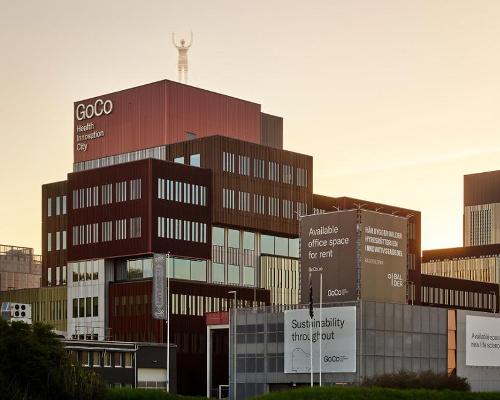
GoCo Health Innovation City in Sweden plans to lead the world in delivering wellness and new science
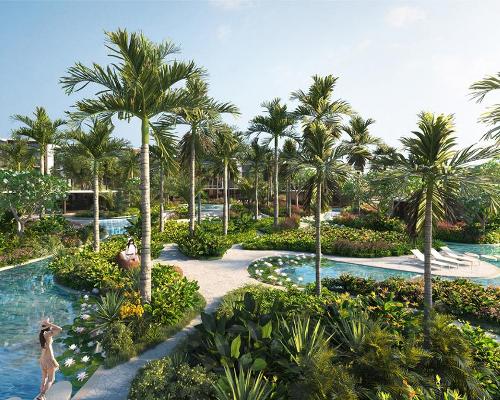
Four Seasons announces luxury wellness resort and residences at Amaala
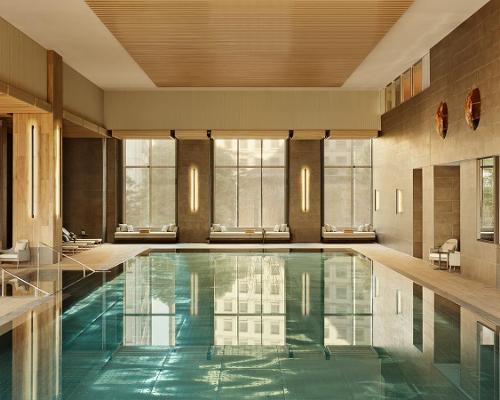
Aman sister brand Janu debuts in Tokyo with four-floor urban wellness retreat
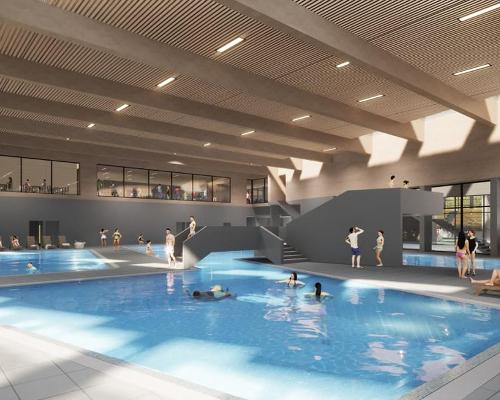
€38m geothermal spa and leisure centre to revitalise Croatian city of Bjelovar
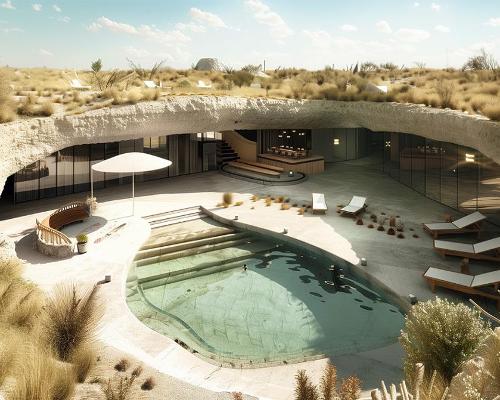
Two Santani eco-friendly wellness resorts coming to Oman, partnered with Omran Group
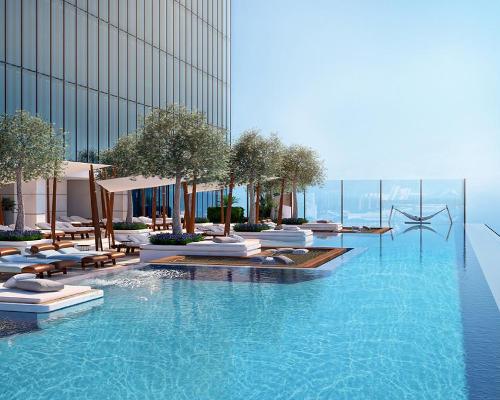
Kerzner shows confidence in its Siro wellness hotel concept, revealing plans to open 100
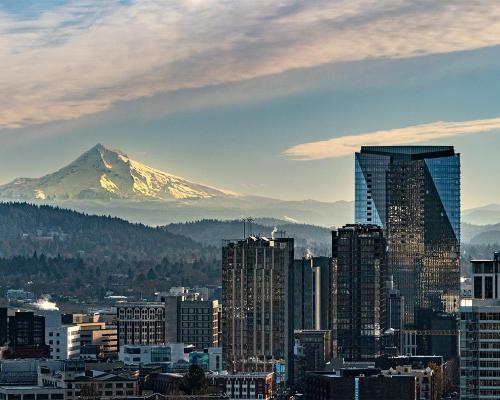
Ritz-Carlton, Portland unveils skyline spa inspired by unfolding petals of a rose
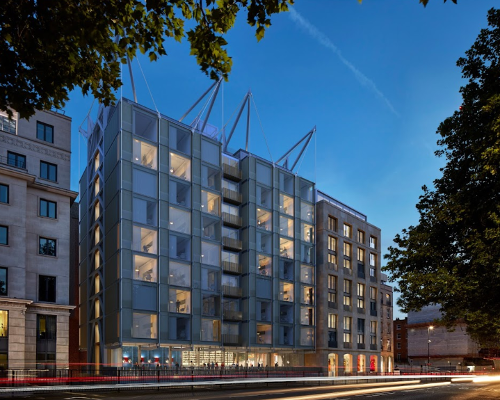
Rogers Stirk Harbour & Partners are just one of the names behind The Emory hotel London and Surrenne private members club

Peninsula Hot Springs unveils AUS$11.7m sister site in Australian outback

IWBI creates WELL for residential programme to inspire healthy living environments
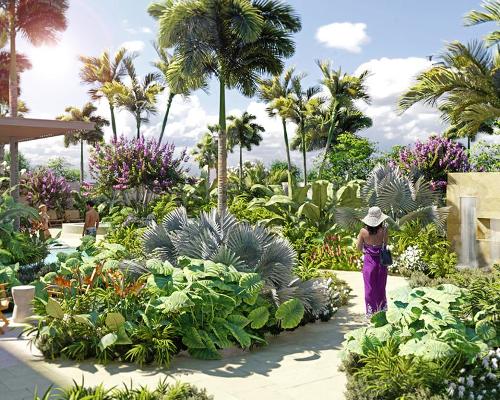
Conrad Orlando unveils water-inspired spa oasis amid billion-dollar Evermore Resort complex
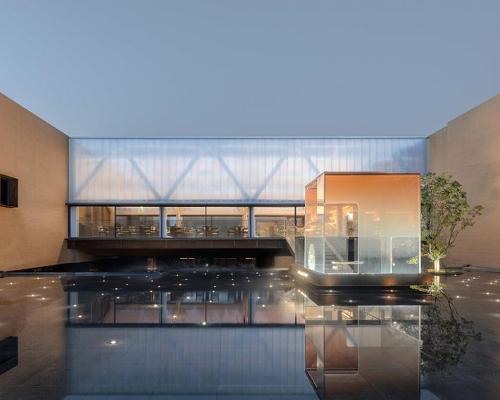
Studio A+ realises striking urban hot springs retreat in China's Shanxi Province
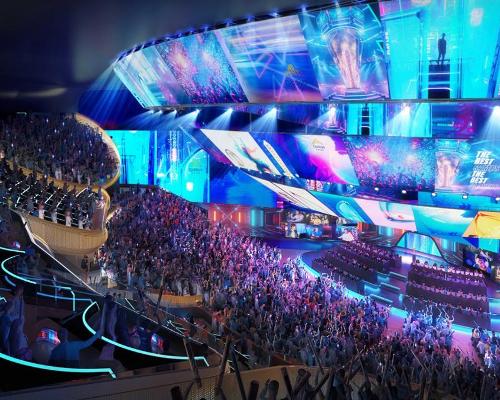
Populous reveals plans for major e-sports arena in Saudi Arabia

Wake The Tiger launches new 1,000sq m expansion
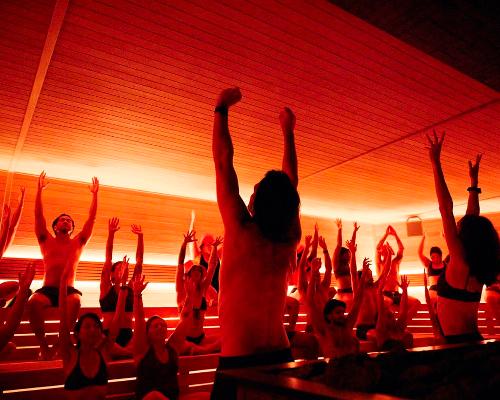
Othership CEO envisions its urban bathhouses in every city in North America
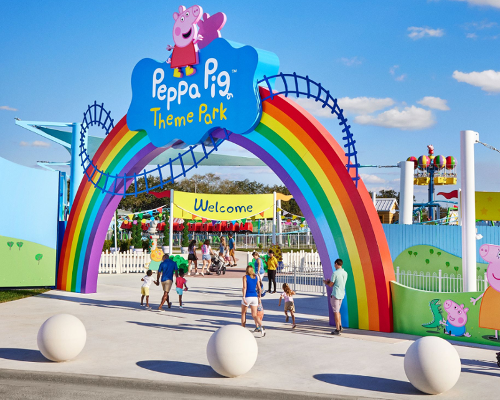
Merlin teams up with Hasbro and Lego to create Peppa Pig experiences
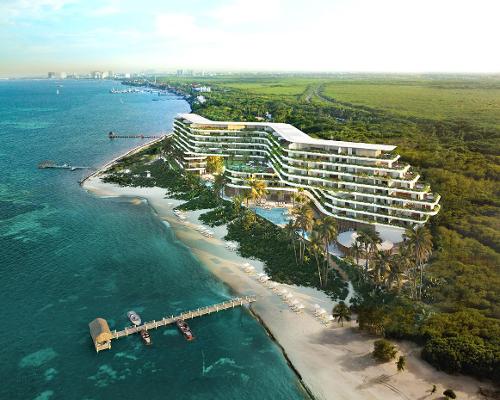
SHA Wellness unveils highly-anticipated Mexico outpost

One&Only One Za’abeel opens in Dubai featuring striking design by Nikken Sekkei
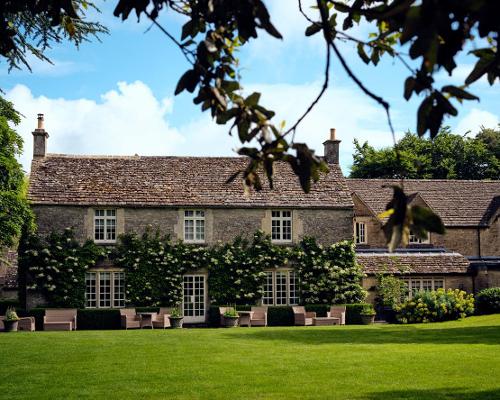
Luxury spa hotel, Calcot Manor, creates new Grain Store health club
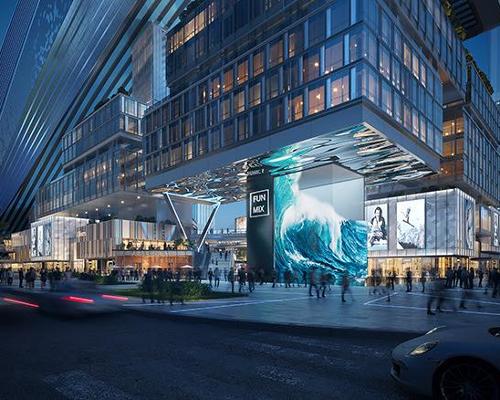
'World's largest' indoor ski centre by 10 Design slated to open in 2025
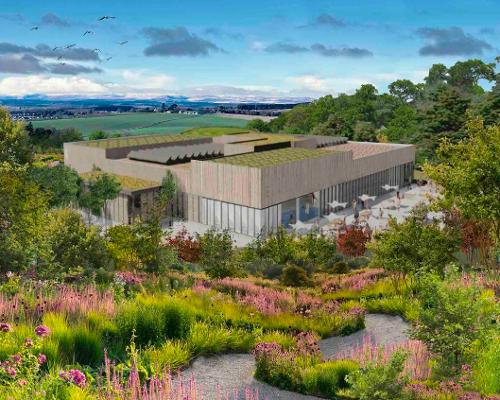
Murrayshall Country Estate awarded planning permission for multi-million-pound spa and leisure centre
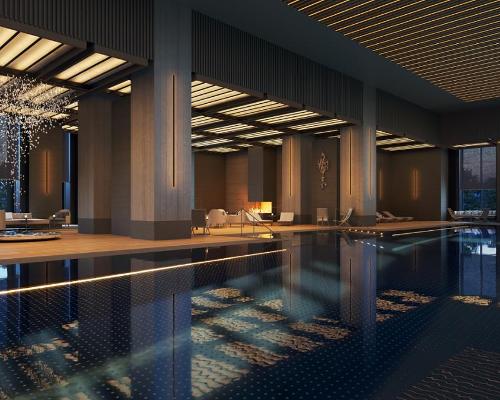
Aman's Janu hotel by Pelli Clarke & Partners will have 4,000sq m of wellness space
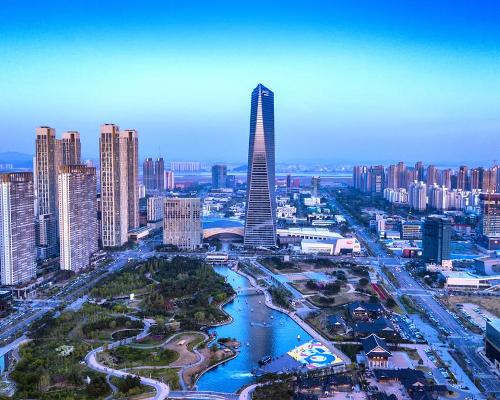
Therme Group confirms Incheon Golden Harbor location for South Korean wellbeing resort
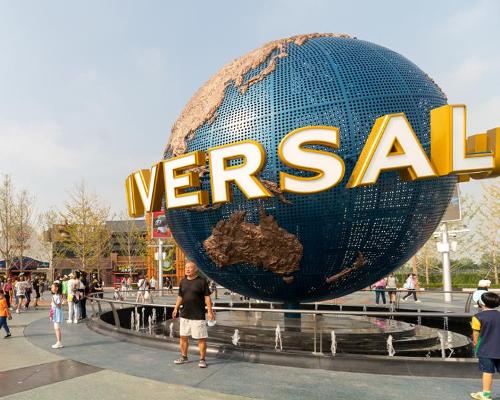
Universal Studios eyes the UK for first European resort
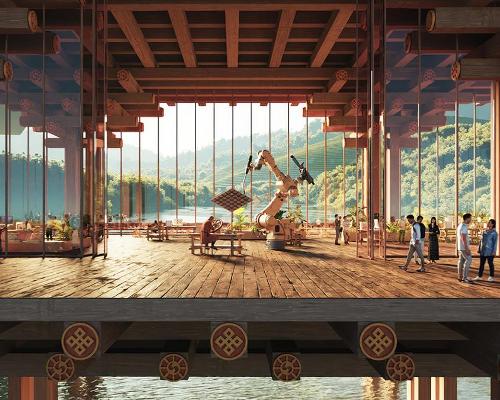
King of Bhutan unveils masterplan for Mindfulness City, designed by BIG, Arup and Cistri

Rural locations are the next frontier for expansion for the health club sector
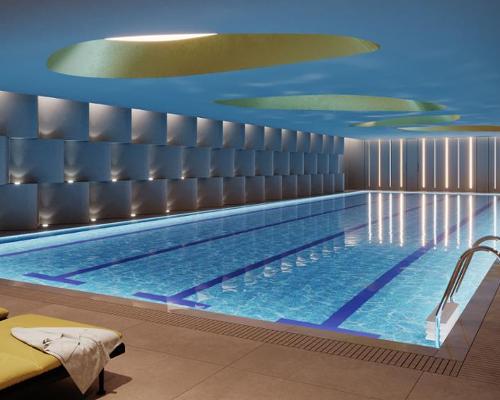
Tonik Associates designs new suburban model for high-end Third Space health and wellness club
From parks designed to mitigate the effects of flooding to warming huts for one of the world’s coldest cities, these projects have been designed for increasingly extreme climates




